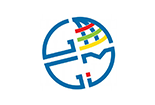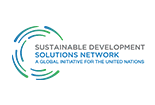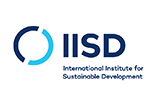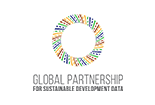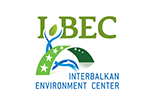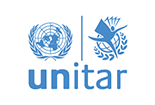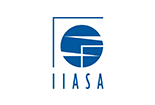Wetlands Monitoring with Earth Observation Data in Uganda
The objective of the project is to explore the potential of Earth observation (EO) satellite data for taking stock of, and monitoring, wetlands, a vital component of the global water resources ecosystem. This activity will pilot design and development of a user friendly digital system for use by the Ugandan Ministry of Water and Environment, to enable national authorities to generate spatial time series statistical data for taking inventory and monitoring national wetland resources train the government on its use and produce a roadmap for scaling to other countries of East Africa. This is a unique attempt to demonstrate the potential of satellite-derived EO data to provide a full national wetland inventory in Uganda, which has been a pilot country for monitoring of SDG Target 6.6, by 2020, protect and restore water-related ecosystems, including mountains, forests, wetlands, rivers, aquifers and lakes.
Progress as of 3 October, 2018
The project is very close to finalization, as the project will be completed at the end of October 2018. The third training and final meeting was held in Kampala September 17th-20th. Based on the feedback of the participants, the project deliverables are being finalized and will be delivered to GPSDD by the end of the month. The final deliverables include:
– Toolbox for wetland inventory mapping, based on the GlobWetland Toolbox, with extended functionality for reporting on SDG 6.6.1.
– Baseline wetland inventory map for Uganda based on Sentinel-1 and Sentinel-2 data for 2016 and 2017. Validation has been performed incorporating in situ data collected by the Ministry of Water and Environment and RAMCEA.
– Online portal for SDG reporting on SDG indicator 6.6.1 on Wetland extent. This will be deployed in Uganda with RAMCEA and the Ministry of Water and Environment
– Training of national stakeholders in Uganda, as well as from the other RAMCEA countries
– A “lessons learned”-document and a “Roadmap”-document for roll-out of method, toolbox and online platform to the other RAMCEA countries.
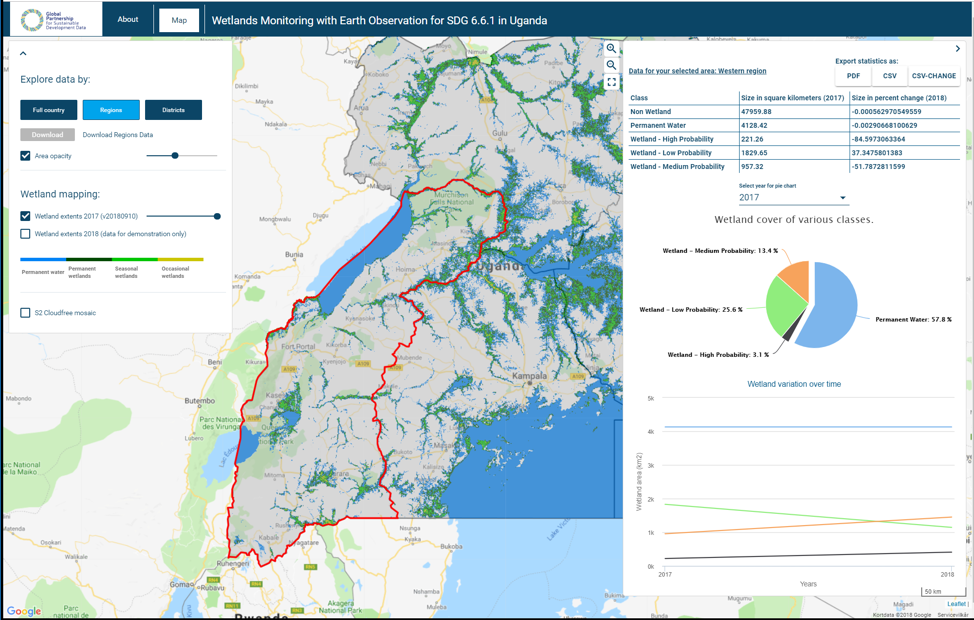
Major Achievements
One of the main focal points of the project has been to carry out capacity building in institutions related to wetland mapping and management both within Uganda and the other RAMCEA member states. Three trainings have been carried out, all with 15+ participants from a wide range of institutions. These include (not exhaustive list):
– Ministry of Water and Environment, Uganda
– National Forest Authority, Uganda
– Nile Basin Initiative, Uganda
– Uganda Bureau of Statistics, Uganda
– Kenya Wildlife Service, Kenya
– Rwanda Environment Management Authority, Rwanda
Challenges
Some of the challenges experienced during the execution of the project include:
– Technical capacity building is required in order to understand the capabilities of EO data for wetland mapping, including the limitations.
– To take the step from the information derived from the satellite data to a national wetland inventory, local knowledge is needed for applying the methodology and validating the results. These data need to be collected, following a common framework for identification of classes and reporting.
– Data volume is a challenge for national-scale inventories as significant amounts of data should be included. This is a challenge both in terms of internet access bandwidth, storage and processing capacity. Cloud platforms could help mitigate these issues.
Next Steps
The methodology has been demonstrated on the national level in Uganda, but challenges remain to ensure uptake in Uganda, and for roll-out to other countries in the region:
– Technical expertise has been developed, but this needs to be maintained and built upon. A user group has been established within the organizations that have participated in the trainings, to ensure a forum for knowledge sharing. As part of the last training, a small group of people has been identified which will be nominated to act as trainers.
– Funding is required for further capacity building both within Uganda, but especially for roll-out to the other RAMCEA countries.
– The online portal will be transferred to the Ministry of Water and Environment (supported by RAMCEA), to ensure local ownership of the reporting portal after project closure.
– Engage with the custodian agency (UNEP) for SDG indicator 6.6.1., to discuss how to improve the current methodology for data collection and reporting for the indicator based on the tools and lessons learned from this project. This will also be done as part of the ESA ‘EO for SDG’ project, involving some of the same partners from this project.
Relevant material
Currently, all training materials are being compiled, and will be distributed through the online portal. The baseline wetland inventory map will also be available from the online portal once completed.
Lead Implementing Organization
Ramsar Centre for Eastern Africa (RAMCEA)
Supporting Organizations
– Ministry of Water and Environment, of the Republic of Uganda
– DHI GRAS, Denmark
– GeoVille, Austria
– ITC University of Twente, Netherlands
– European Space Agency, Italy
– Bureau of Statistics, Uganda
Point of Contact
Mr. Paul Mafabi (RAMCEA) or Mads Olander Rasmussen (mora[at]dhigroup.com)
View All Projects









